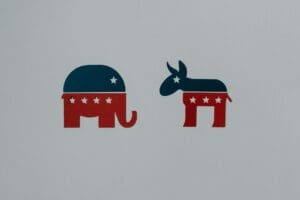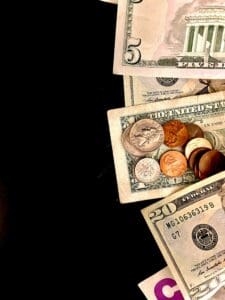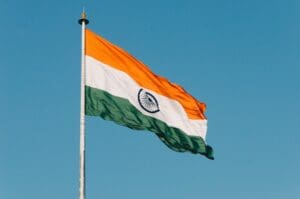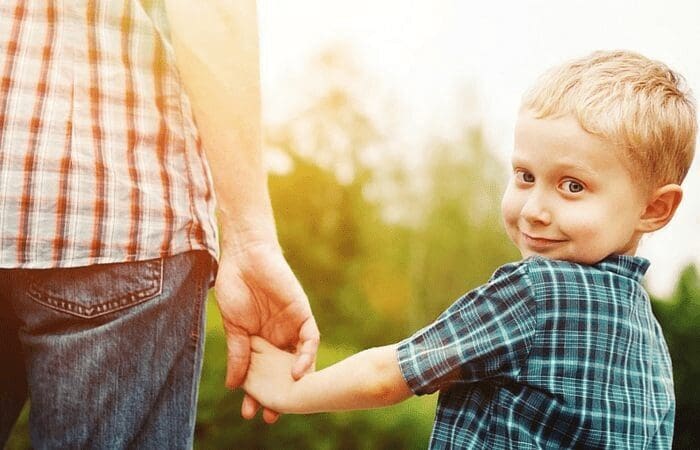The virus doesn’t sicken kids as much as adults. But it can still destroy their futures. A child allowance would help. —
By: Jason DeParle —__
Three decades ago, a team of researchers at Duke University set off to follow a group of schoolchildren in a stretch of rural North Carolina that happened to include a small reservation. Soon after, the Eastern Band of Cherokee Indians opened a casino and began sharing the profits, about $4,000 per adult each year, with every household in the tribe — essentially creating a local version of guaranteed income.
What followed should interest anyone concerned about America’s high levels of child poverty or worried how poor children will fare amid the worst unemployment crisis since the Great Depression.
The Cherokee children did better than their unsubsidized counterparts — much better, the researchers found. They completed more schooling. They committed fewer crimes. They had fewer problems with anxiety, depression and substance abuse. The poorest children benefited most.
Researchers are still following the kids, who are now in middle age.
The Great Smoky Mountains Study is part of a trove of evidence that has reshaped expert views of child poverty, and it is ripe with lessons today, when the number of needy children is soaring.
As conveyed last year in a landmark report by the National Academies of Science Engineering and Medicine, a growing scholarly consensus can be expressed in two parts. One is that even brief stays in poverty can cause children lifelong harm, especially when the children are young. The other is that money helps — subsidizing the incomes of poor families leads their children on average to better health, more schooling and higher earnings as adults.
That may sound obvious, but the idea that giving poor parents money (or as skeptics would say, “welfare”) improves their children’s chances has been vigorously contested and until recently difficult to prove.
While the coronavirus was initially said to spare the young, that no longer appears to be true medically, and economically it never was — certainly not for the 10 million children below the poverty line and even larger numbers just above it. With hunger rising, classrooms closing and parental stress surging, the pandemic is a threat to low-income children of epochal proportions, one that could leave an entire generation bearing its scars.
Most rich countries do more to protect kids.At least 17 offer child allowances, income supplements to families with children, generally paid to both the poor and middle class in recognition that society has an interest in seeing children thrive. A few years ago, Canada increased its maximum payment to about $4,800 per child per year (in American dollars), and quickly reduced child poverty by a third. Britain has been paying child allowances since the end of World War II.



















